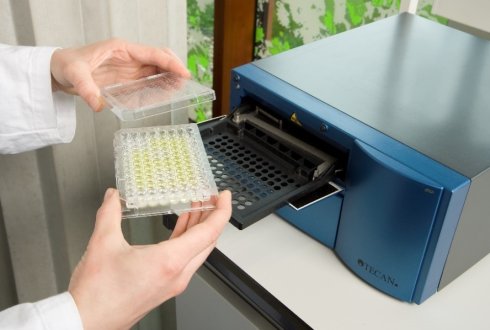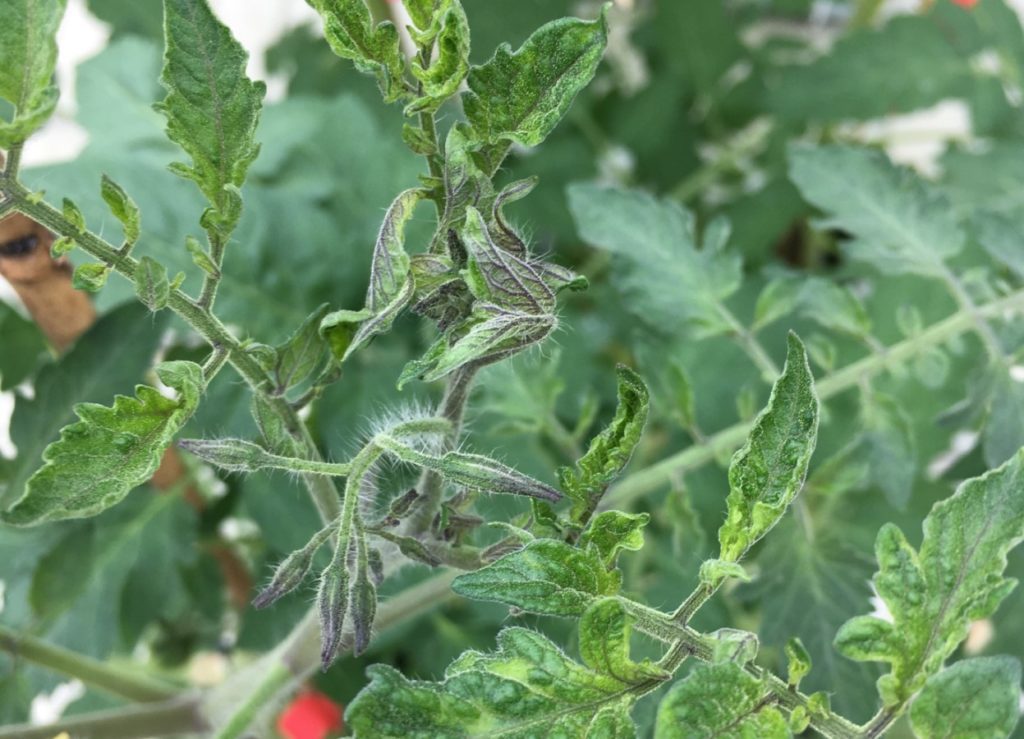Oct 26, 2020New testing method available for Tomato brown rugose fruit virus
Prime Diagnostics, part of Wageningen University & Research, has developed a new antiserum that can specifically detect Tomato brown rugose fruit virus (ToBRFV) in infected plant material and seeds.
According to a news release, the antiserum is intended to be used in DAS-ELISA, a testing method commonly used by inspection services and the quality laboratories of seed companies. This test can help seed producers and breeders of vegetable crops worldwide to obtain certainty about the health of seed lots, young plants, and starting materials.


The antiserum specifically reacts with ToBRFV and shows low reactivity to other Tobamoviruses of tomato and pepper. The antiserum is now available for use in routine quality control.
Tomato brown rugose fruit virus (ToBRFV) is a virus that can occur in tomatoes, bell peppers, and chili peppers. It is closely related to Tobacco Mosaic Virus (TMV) and Tomato Mosaic Virus (ToMV): all three viruses belong to the tobamovirus group. However, ToBRFV is able to break through current resistance in tomatoes against TMV and ToMV.
Tobamoviruses are highly contagious and are easily spread through contact (mechanically transitions routes). In addition, these viruses are transmissible to young plants via seed. ToBRFV can also infect Petunia, Black Nightshade and Chenopodium species. ToBRFV is a regulated quarantine organism in the European Union since Oct. 1, 2019 and strict requirements have been imposed on seed lots since the end of August 2020.
– José van Beckhoven, Prime Diagnostics
Photo at top: Symptoms of ToBRFV in tomatoes. Photo: Wageningen University















